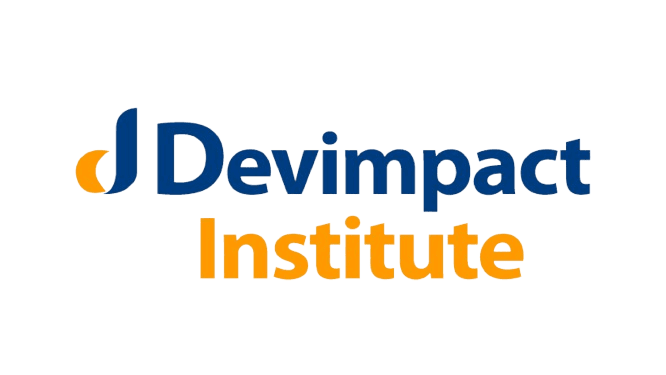
Training on Impact Evaluation for Evidence-Based Development
Development programs and policies are typically designed to create change to the target beneficiaries. Whether or not these changes are actually achieved is a crucial public policy question but one that is not often examined. Impact evaluation assesses the changes that can be attributed to a particular intervention, such as a project, program or policy, both the intended ones, as well as ideally the unintended ones.
This course is designed to equip the participants with adequate skills to conduct rigorous program evaluations for their interventions. The course covers all aspects of planning, designing and implementing an impact evaluation. By the end of the course the participants will be experts who can carry out impact assessment assignments for their organizations or as consultants.
Target Participants
This course is targeted at researchers, project staff, managers, development practitioners, policy makers in government, NGOs and development organizations who want to determine the impact of their interventions.
Course duration
Online 7 Days
Classroom-based 5 Days
What you will learn
By the end of this course the participants will be able to:
- Learn about theories and practices of impact evaluation
- Learn about evaluation problem: Attribution, selection and placement biases
- Understand IE designs: randomized, quasi and non-experimental
- Conduct a rigorous impact evaluation of a project
- Conduct sampling and power calculation
- Learn and practice econometric techniques for impact evaluation
- Carry out impact data analysis using Propensity Matching and Difference-in -Difference
- Report and disseminate impact evaluation findings
Overview of M&E Fundamentals
- Results Framework
- M&E Project Indicators
- Logical Framework
- Performance Evaluation
Introduction
- Defining impact evaluation
- Deciding whether to evaluate
- Attribution in impact evaluation
- Contribution vs attribution
Determining points
- Types of evaluation questions
- Theories of Change
- The results chain
- Evaluation hypothesis
- Impact evaluation indicators
Counterfactuals in Impact Evaluation
- Causal reference
- Comparison groups and counterfactuals
- Estimating counterfactual in impact evaluation
- Impact Evaluation when a Comparison and Baseline Data are not available
Impact Evaluation Research Designs
- Experimental Design
- Randomized Control Trials
- Quasi experimental designs
- Regression Discontinuity
- Difference-in-Difference
- Matching
- Non-experimental designs
Sampling
- Sampling techniques in Impact Evaluation
- Sample size calculation,
- Sampling weight
- Statistical power
- Constructing valid comparison groups
Quantitative Data Analysis
Randomized Impact Evaluation
- Setting the counterfactual
- Statistical Design of Randomization
- Impacts of Program Placement
- Impacts of Program Participation
- Capturing Both Program Placement and Participation
- Measuring Spillover Effects
Propensity Score Matching Technique (PSM)
- Introduction to PSM
- Application of PSM in Impact Evaluation
- Constructing propensity scores
- Matching Analysis (Nearest-Neighbour, Stratification, Radius, Kernel )
- Common support
- Doubly Robust Estimation
Difference in Difference Method
- What is DID?
- Application of DID in Impact Evaluation
- Estimating DID estimator: Single DID, DID with covariates, Quantile DID
- DID for Cross-Sectional Data
- Balancing Tests
- Diff-in-Diff with Propensity Score Matching
Qualitative Approaches
- Most Significant Change
- Outcome Mapping
- Outcome Harvesting
- Appreciative Inquiry
Producing and Disseminating Impact Evaluation findings
- Impact Evaluation Plan
- Impact Evaluation Reports: Baseline report, Impact Evaluation Reports
- Case studies

